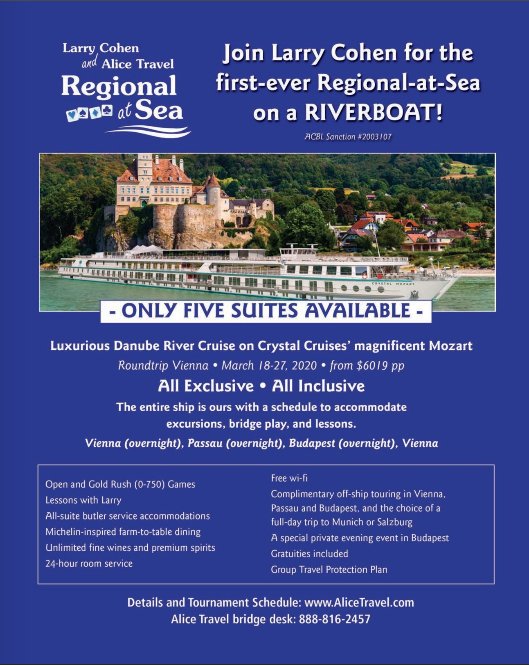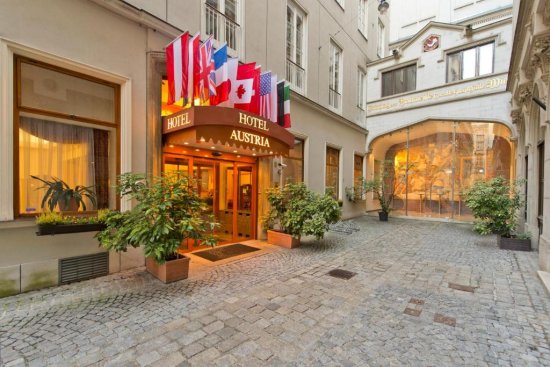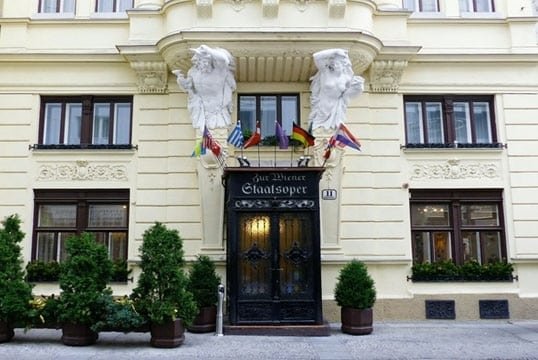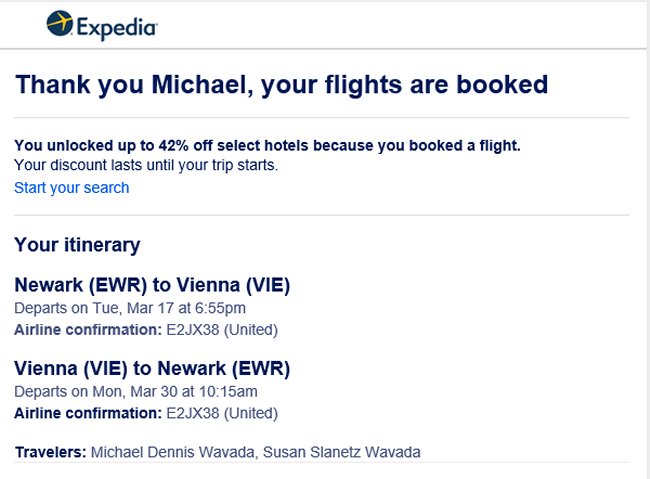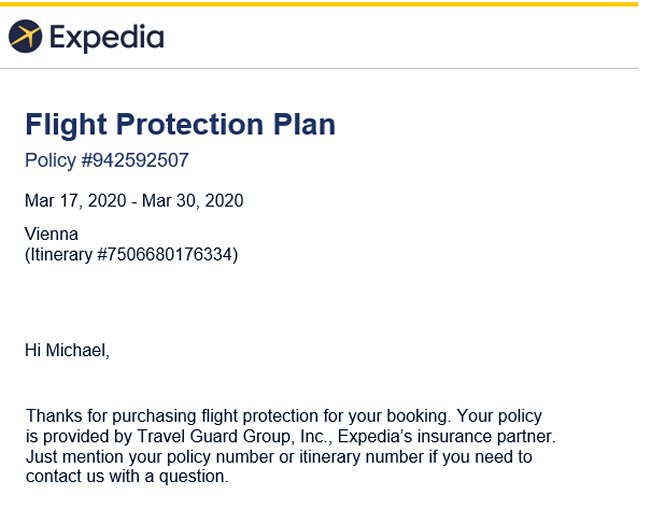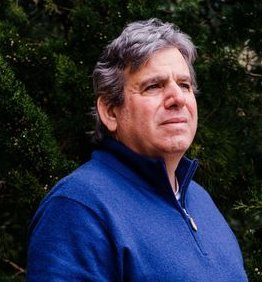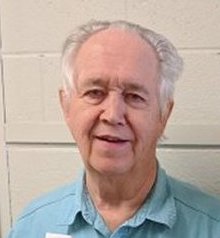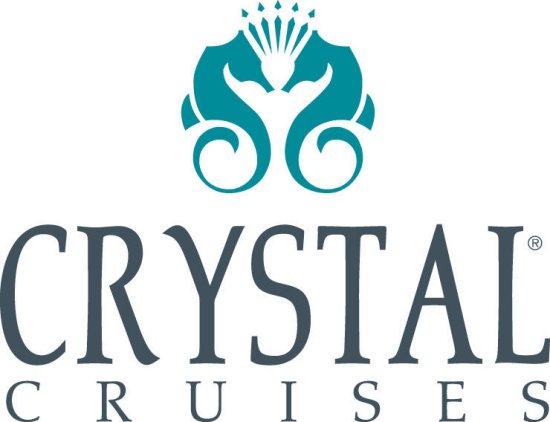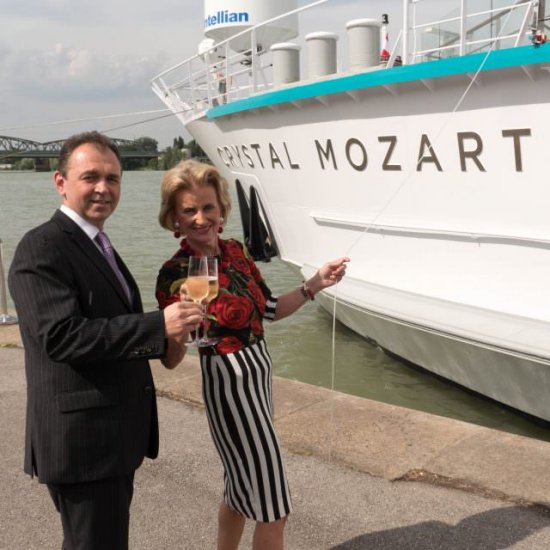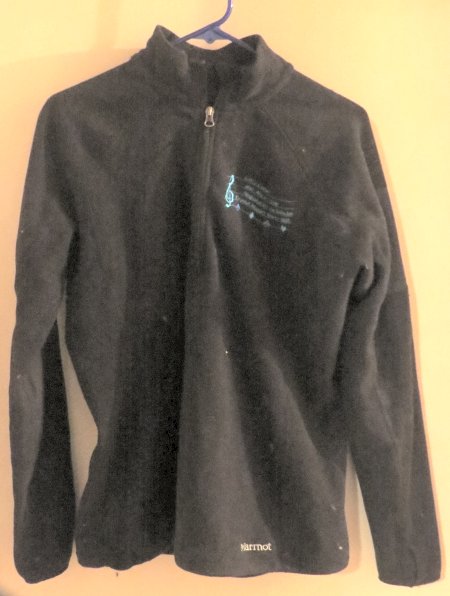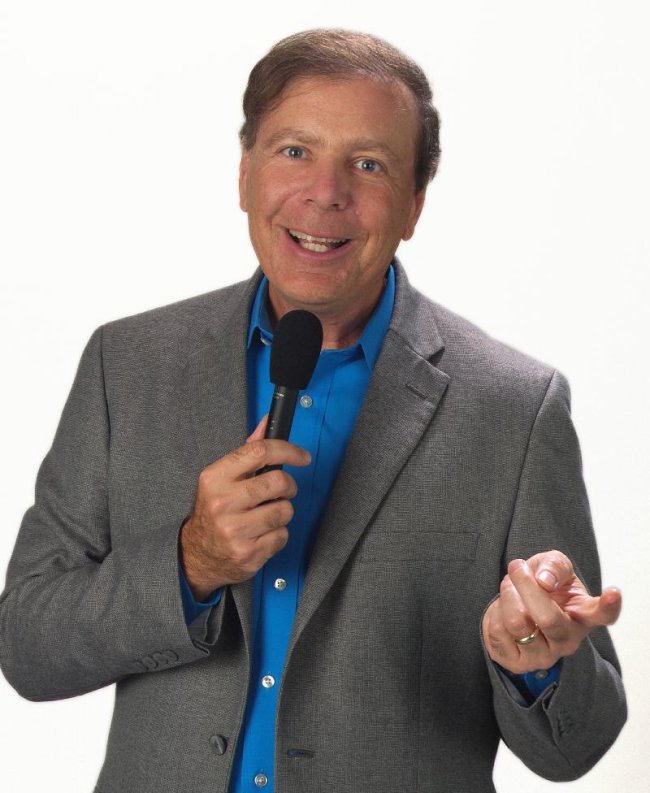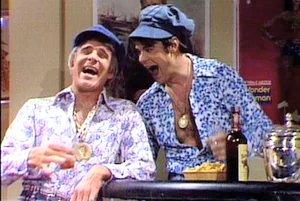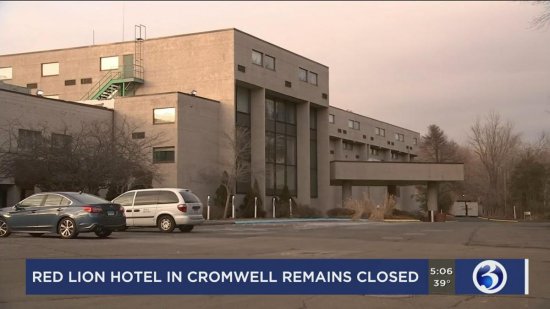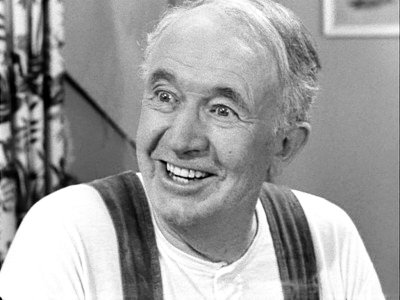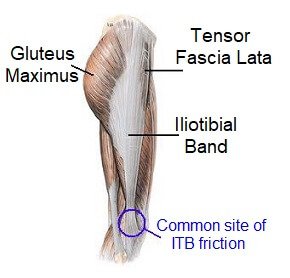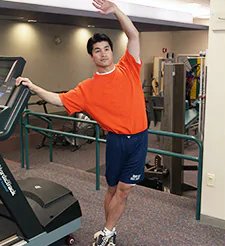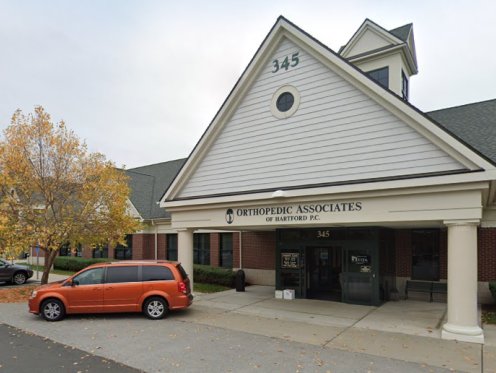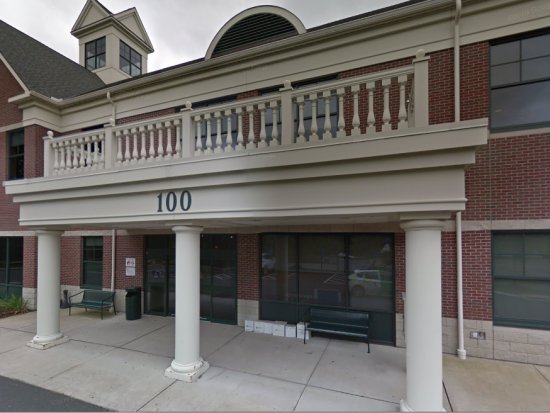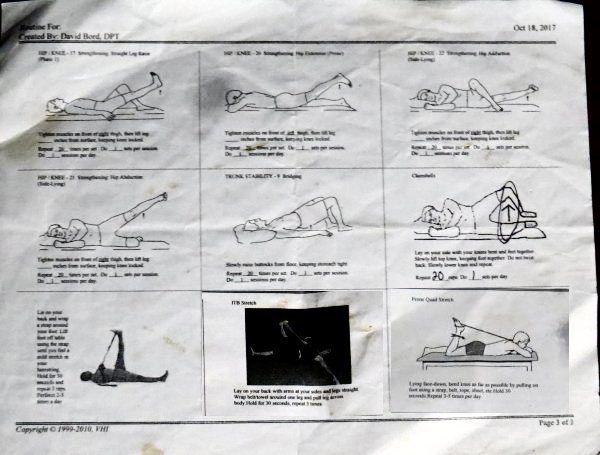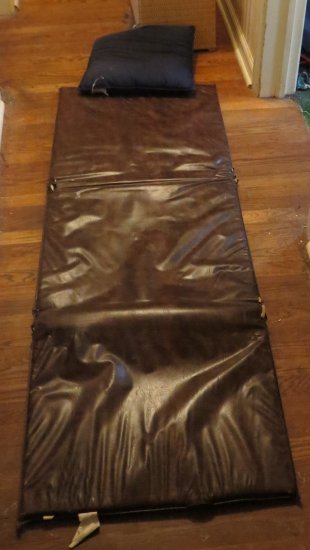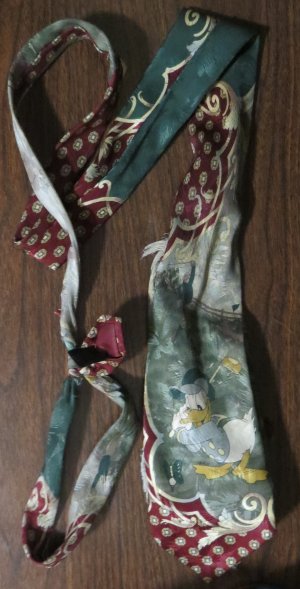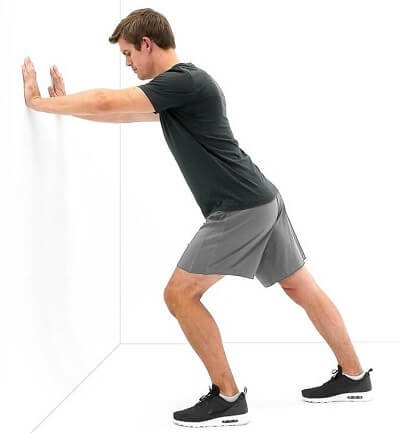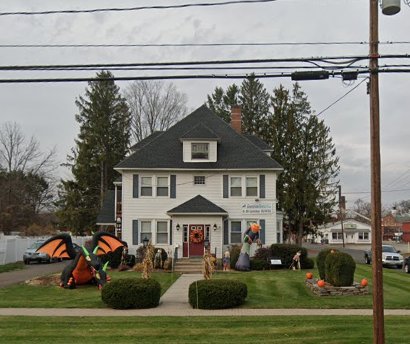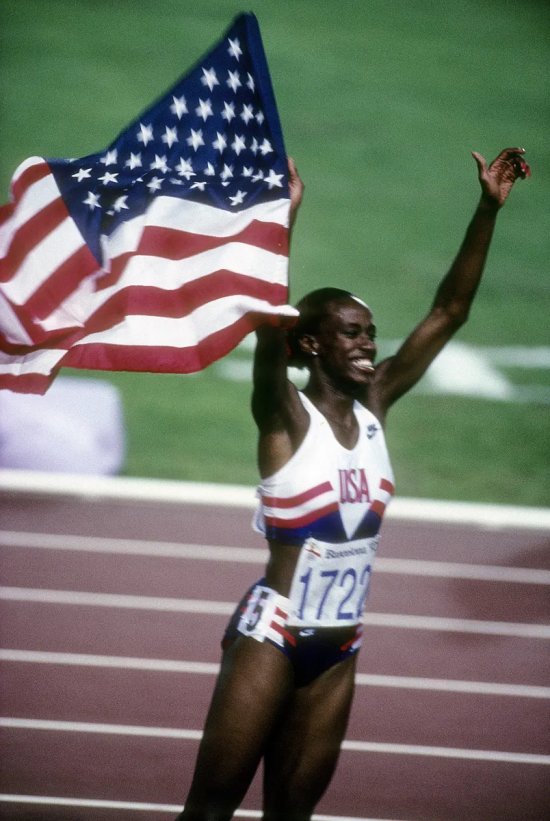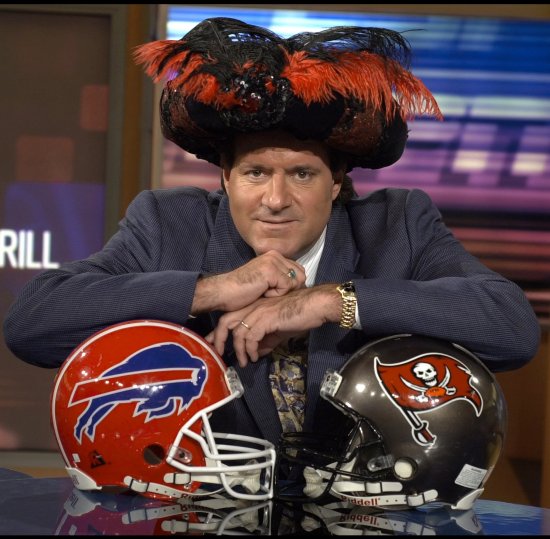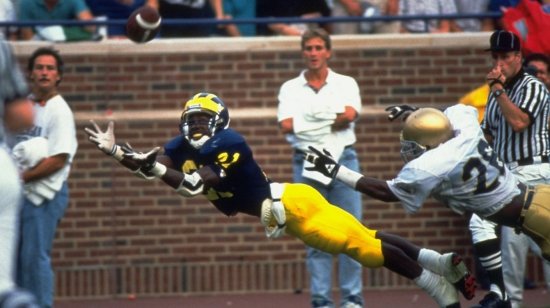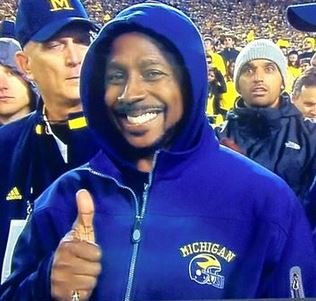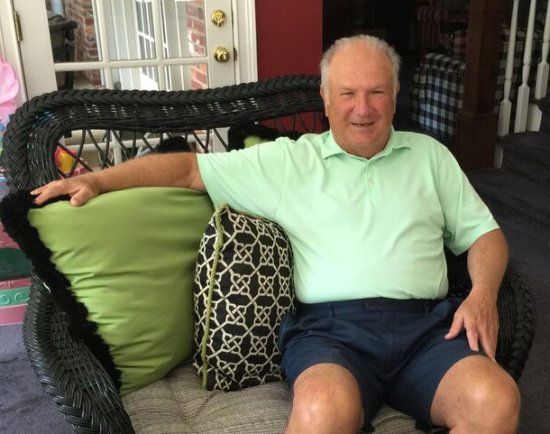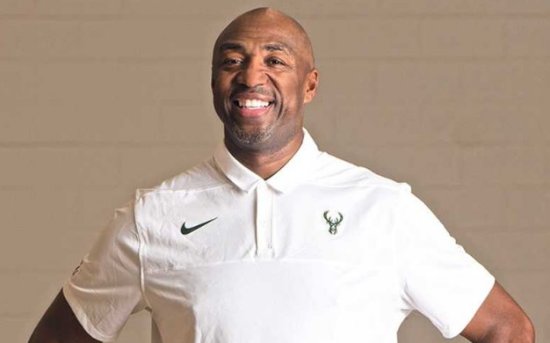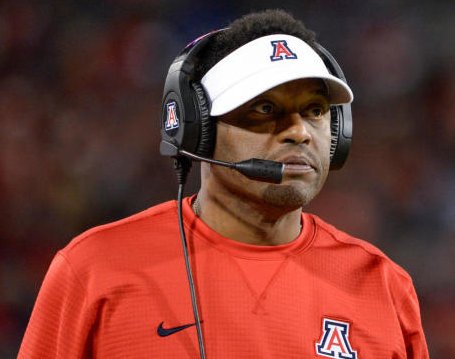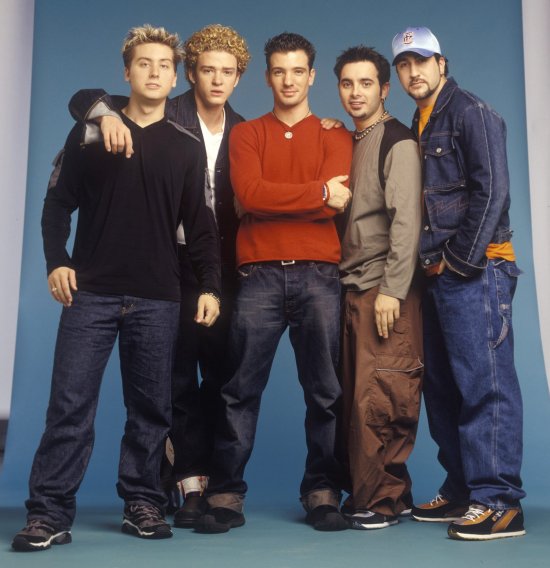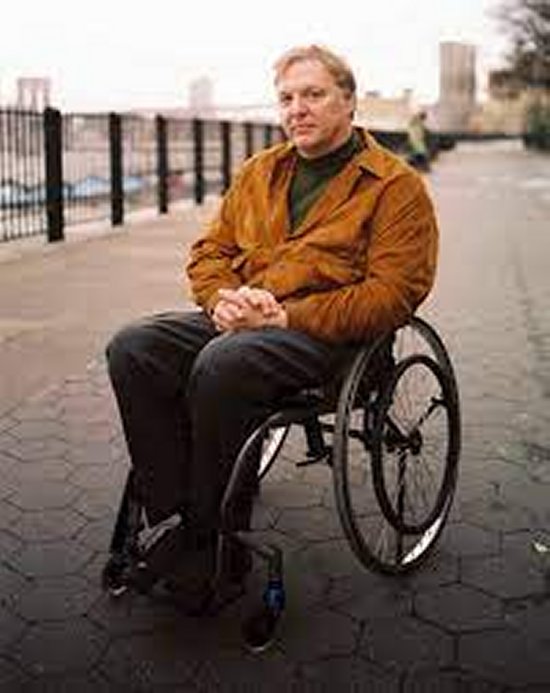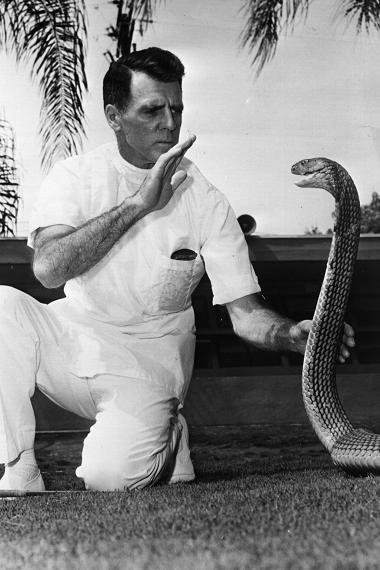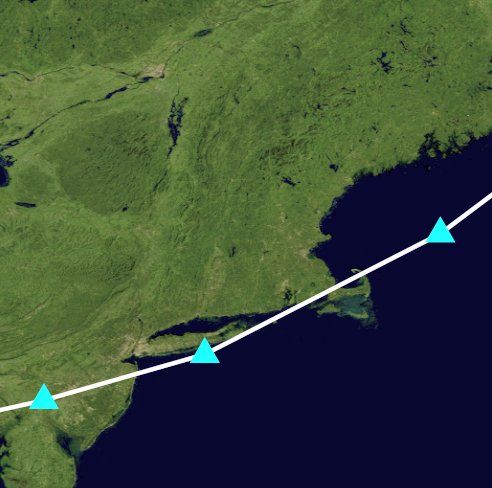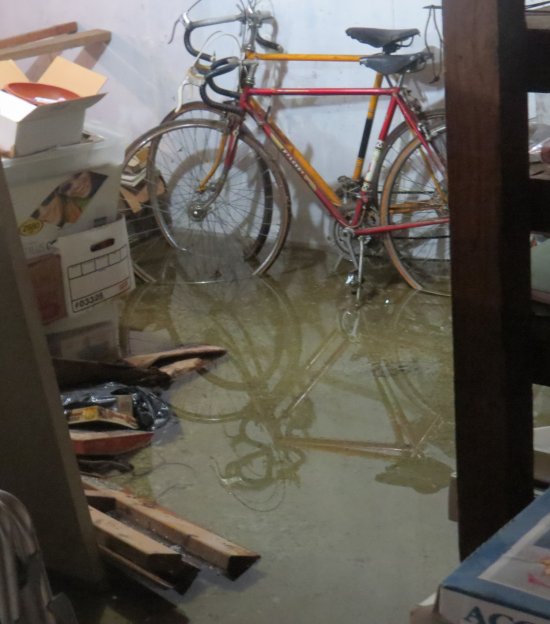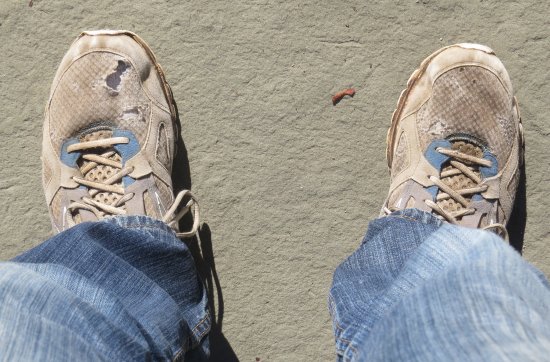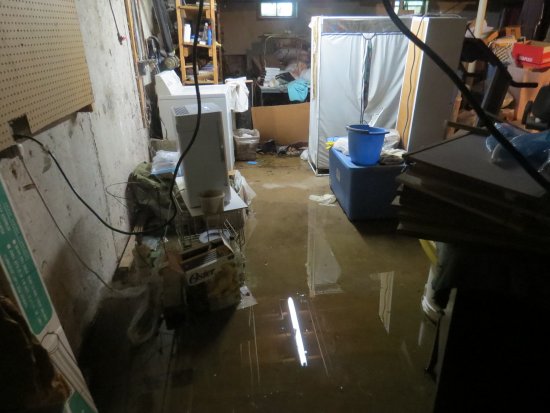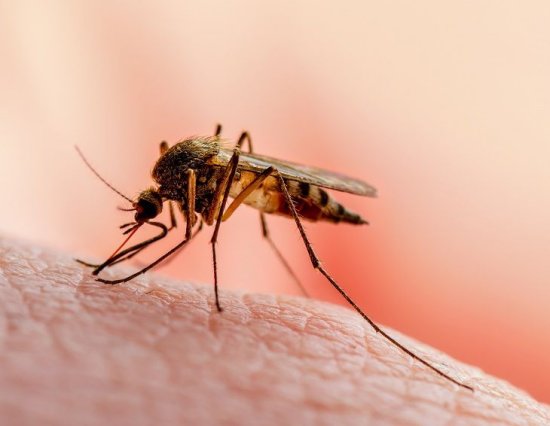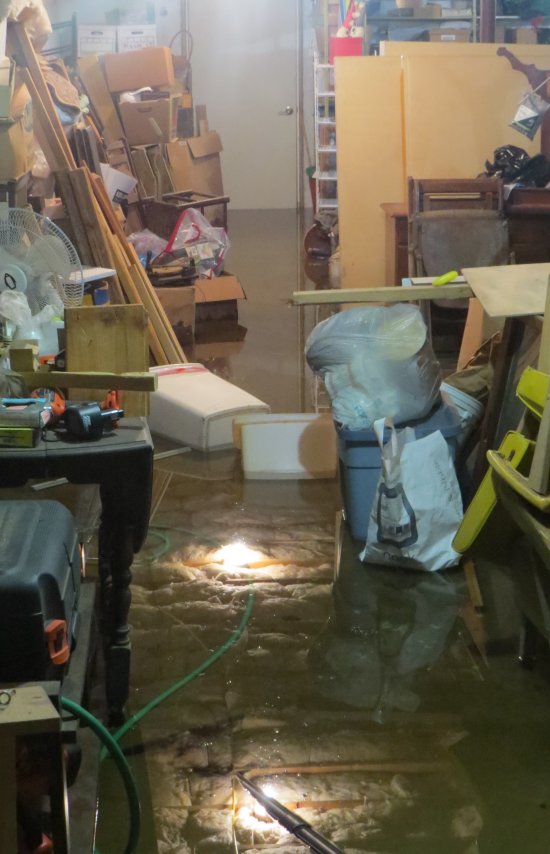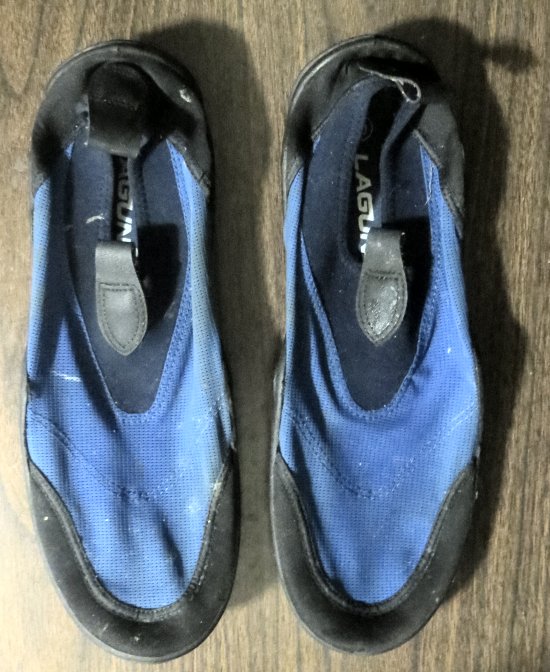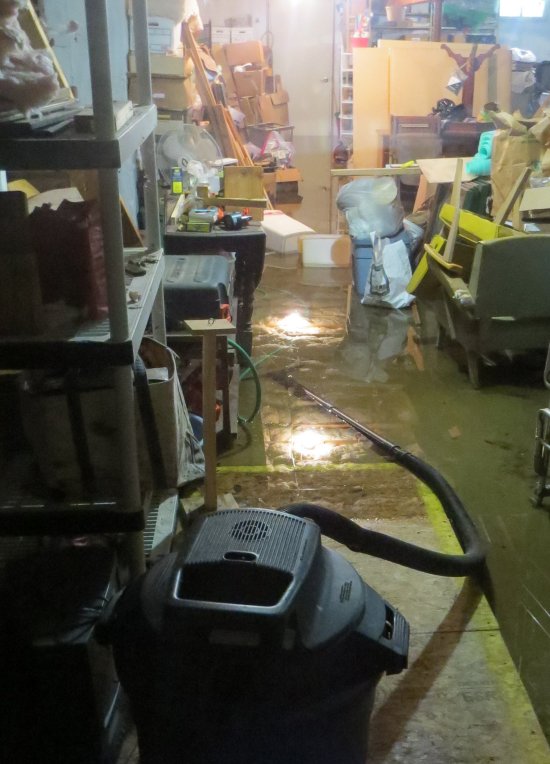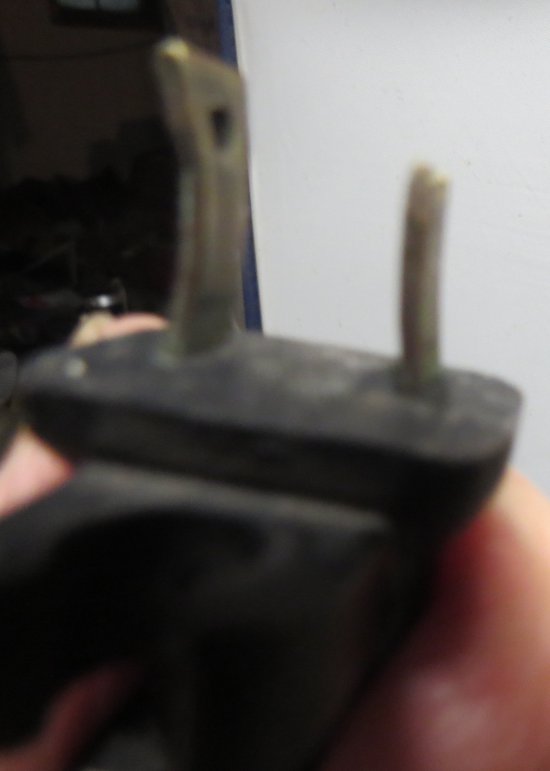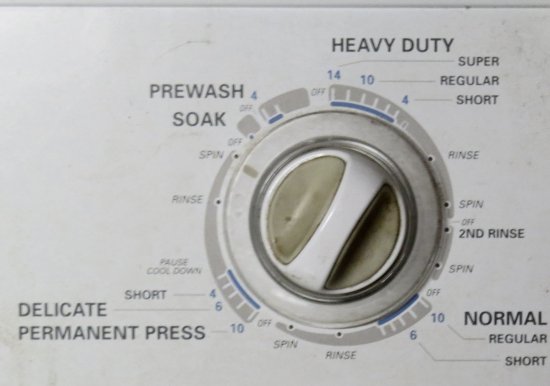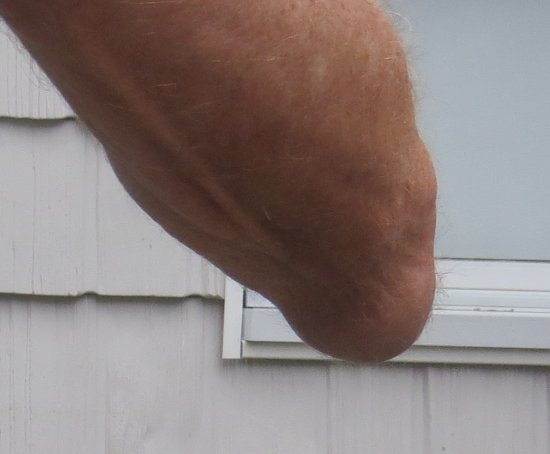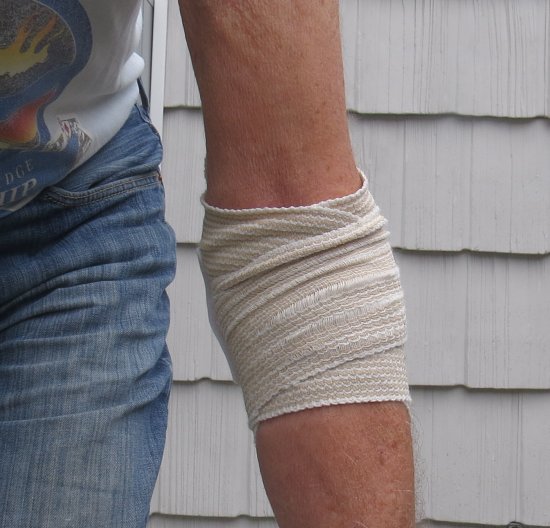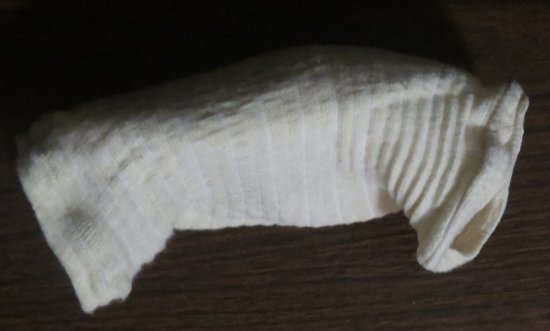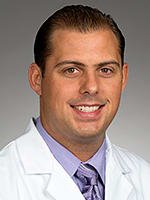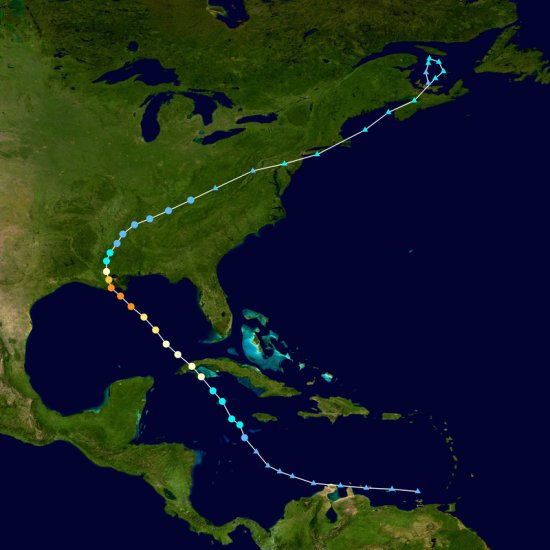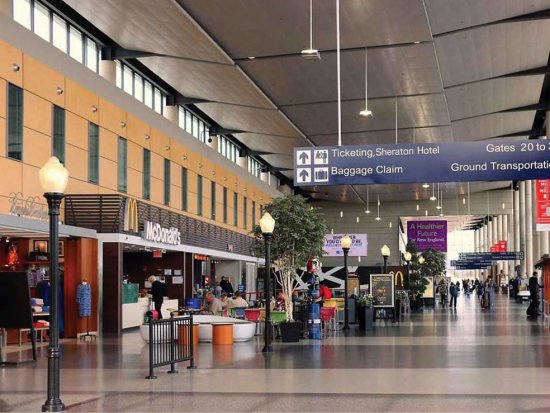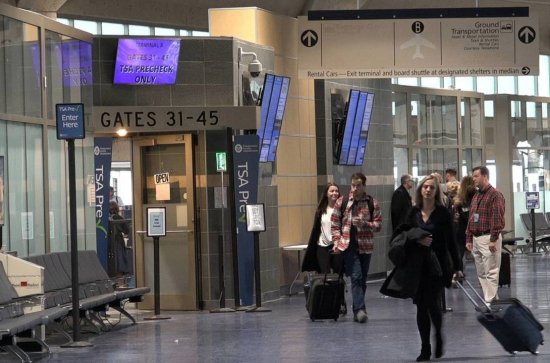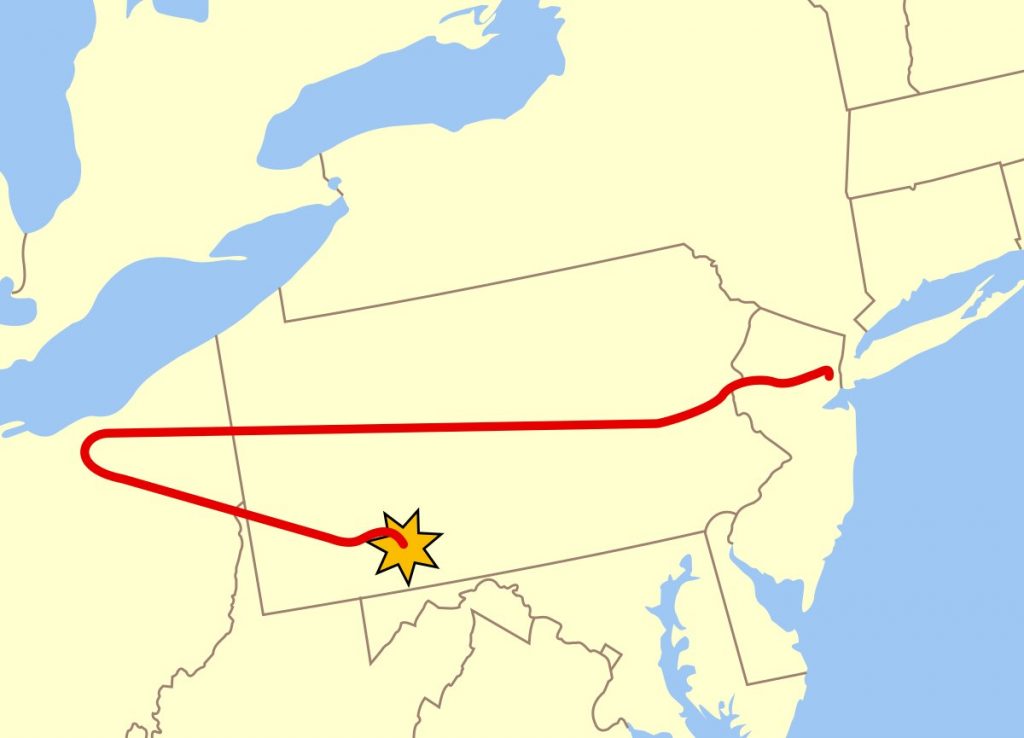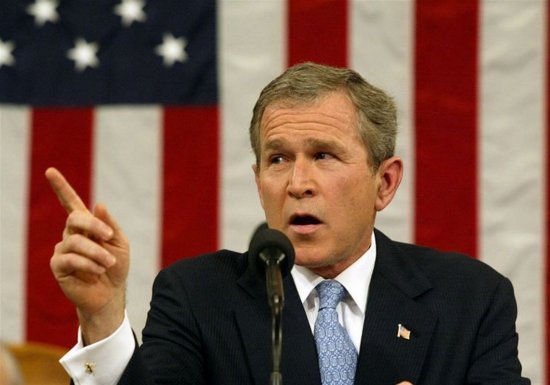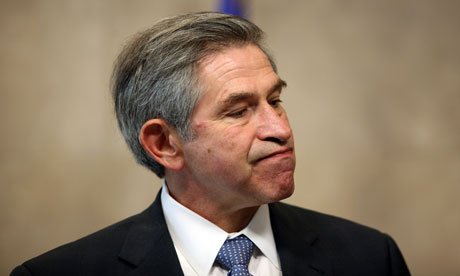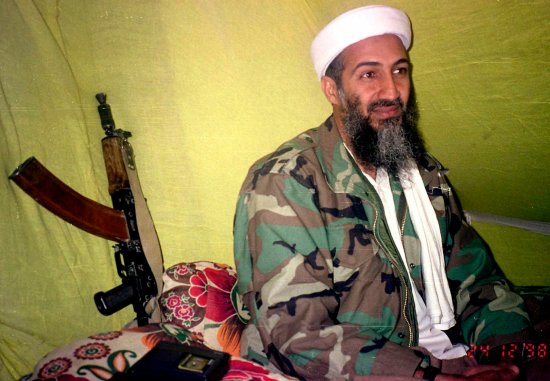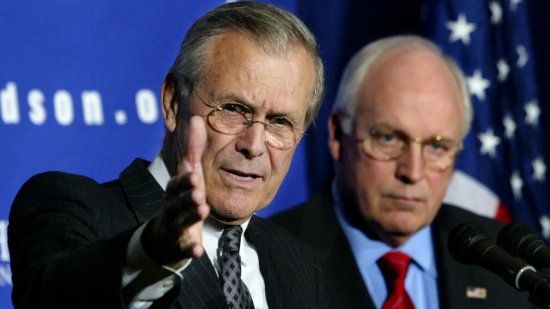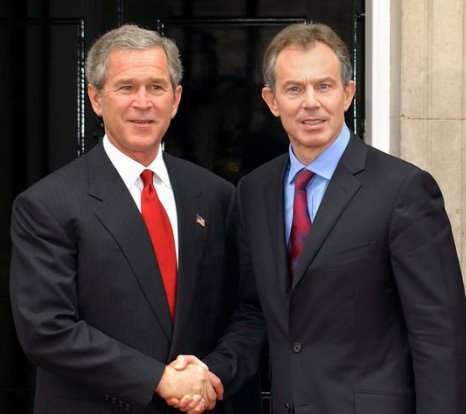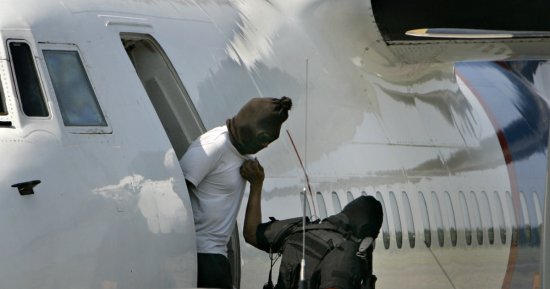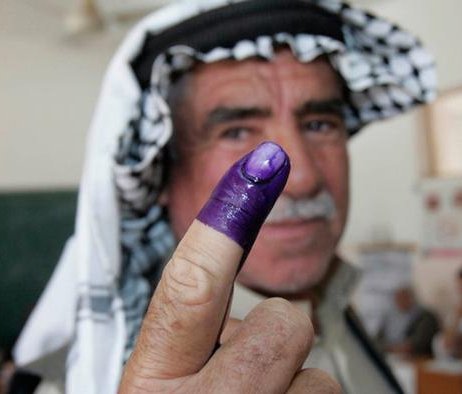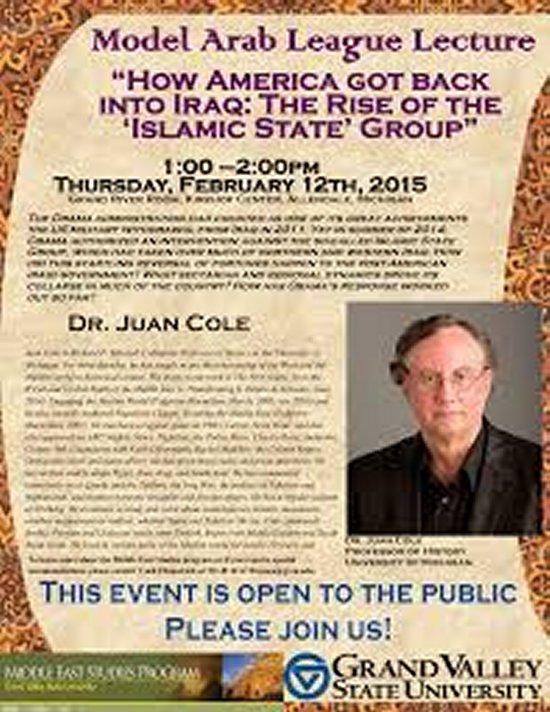Up and down the Danube seeing sights and playing bridge. Continue reading
I was definitely enticed by the announcement from Alice Travel in my Inbox in the fall of 2019. Larry Cohen1 was planning to host a cruise on the Danube on a ship called Mozart from the luxury line Crystal Cruises. It seemed awfully expensive—over $6,000 per person for only a total of ten days. However, the details were definitely appealing to Sue and me.
- It started and ended in Vienna, a marvelous city that we had always wanted to see.
- An optional excursion to Mozart’s home of Salzburg, a city that I had long wanted to visit, was offered when the ship spent a day in Passau.
- Social activities were planned in Budapest.
- The ship also made a short stop in Bratislava, the capital of Slovakia. Sue was interested in going to the Pizza Slanec restaurant there if possible. Her family name is Slanetz, and the owners might be her relatives. I just wanted to check out the wardrobes of the current generation of Wild and Crazy Guys2 there.
- A regionally rated bridge tournament was scheduled for the other days. Regional tournaments awarded gold points, and Sue needed twenty-some gold points for her Life Master rank.
- Larry would be teaching bridge lessons on the ship.
- The entire ship was reserved for the tournament. All 130 passengers would be bridge players or, perhaps, spouses who would be bored to tears by the conversations at the dinner table.
- Everything except air fare was included in the price, even the excursions sponsored by the touring company.
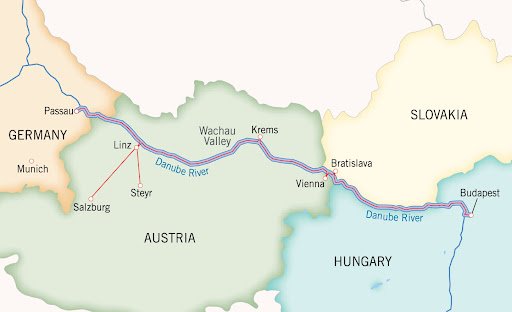
I called Alice Travel, the New Jersey-based company that was organizing the cruise, to make reservations for us. They gave us the last available cabin that featured the lowest price. As usual, Sue and I had little interest in wasting money on a more luxurious cabin. I, for one, intended to spend very few of my waking hours there.
The cruise was scheduled for March 18-27, 2020. Sue and I decided to add on three days in Vienna at the end.
I ordered a guidebook for the city on Rick Steves’ website so that we could make optimal use of our time there. We had, of course, previously taken several European tours using his tour company. I also picked up another guidebook at Barnes and Noble. It had a lot of beautiful photos.
When I paged through the guidebooks, I was astounded at how much there was to do in and around Vienna. There were dozens of things that I wanted to do and places that I wanted to see. At the top of the list were these three:
- The world-famous opera house in Vienna, Wiener Staatsoper;
- The Hofburg Palace, a museum that housed, among hundreds of other things, one of the relics that had been identified as the Lance of Longinus3 (or really the head of the lance0;
- The Benedictine abbey at Melk, which had been the inspiration for the bestselling book by Umberto Eco, Il Nome della Rosa. which I had read in both English and Italian.
At first I made reservations at one of the hotels that the guidebook had recommended, the Hotel Austria. The attractions were its very convenient location and good price. The hotel had also confirmed via email that it had an elevator—one of Sue’s requirements. However, when we received the details concerning the room, we decided that it was not for us. Here is the text of the email that I sent to the hotel on January 29:
I need to cancel my booking. My wife vetoed the notion of the toilet and shower in the corridor.
Name: Michael Wavada
Period: Three nights starting March 27.Please confirm that you received this.
Danke.
Mike Wavada

I received the email confirming the cancellation the same day. I then booked a room at the Hotel Zur Wiener Staatsoper. It was a little more expensive, but it was very close to the opera house, several other attractions, and a Metro station. The most important feature was the fact that its bathrooms were inside the individual rooms.
On December 27, 2019. I purchased our airline tickets on United Airlines. Most of my worst experiences in flying had taken place on United, but I had never taken an international trip on the airline. Perhaps the service on those flights was better. I also purchased the flight protection plan offered by Expedia. I figured that a large number of things could go wrong for a pair of septuagenarians planning overseas travel. Seldom in my life have I exhibited such prescience.
Two opera performances were on the schedule for the nights that we would be in Vienna. The first was Mozart’s Le Nozze di Figaro, one of my favorites. Sue and I had even seen a production of it in Prague, as described here. The other offering was Tri Sestry, an opera written in 1998 by the Hungarian composer Péter Eötvös. Its Russian libretto was based on Chekhov’s play of the same name. I had never heard of this opera, and I was likewise unfamiliar with the composer.

I tried to order tickets for Le Nozze di Figaro, but it was sold out. My request was recognized by the company that sold the tickets, however. I was notified by email that my name had been placed on the standby list.
By the end of January all of our reservations seemed to be in order. I spent most of the time in which I was not playing bridge or performing various functions for District 254 trying to put together a workable schedule of activities for our time in Vienna. I carried one of my guidebooks with me most of the time, even when I drove to the Hartford Bridge Club. I needed to become familiar with the times in which the various attractions were open and the transportation needed to arrive at them. The excursion to Melk was more difficult than I anticipated because the period in which we would be there would be just before the tourist season.
In February of 2020 information about the outbreak of a new disease in China began to be covered in some depth by the major media. By the end of the month Covid-19 had spread to several Asian countries. The western country that was most severely impacted in February was Italy. Cases first appeared there in the middle of the month. By the end of February Italy had more cases than any other nation on the planet.
In contrast, Austria had only a few cases. I started watching the Johns Hopkins website every day to see the developments in the three countries that our ship would visit. I was still optimistic about the trip in early March.
The shocking spread of the disease in New Rochelle, NY, opened my eyes to the possibility that our entire vacation might be in jeopardy. On March 2 an attorney named Lawrence Garbuz, who lived in New Rochelle, tested positive for Covid-19. Within a week more than fifty cases in the town could be linked to him! Most of them could be traced to a synagogue that he had attended. This disease was obviously much more contagious than the previous pandemics, SARS and Ebola.
A similar outbreak occurred in Colorado Springs. CO. In this case the “superspreader event” was a game at the Colorado Springs Bridge Center. By chance a good friend of ours, Fred Gagnon of Springfield, MA, was playing there the day that “patient 0” infected a number of bridge players. Fortunately, he never played at the same table that she did, and they had no other interaction. On his return to New England Fred told us the story.5
On March 11, less than a week before our departure date, the World Health Organization declared that Covid-19 was a pandemic, a word that is never used without a great deal of justification. President Trump for some reason downplayed the effects of the virus, but the governors of New York, New Jersey, and Connecticut issued stay-at-home orders. The hospitals in the area were flooded with cases, and they did not yet know the best treatment methods.
Stuart Rothenberg, the president of Alice Travel, sent an email on February 25 that reported that the cruise was still set to sail. He acknowledged the seriousness of the disease, however. “I cannot speculate on what Crystal would do if this trip became interrupted and for the most part, Alice Travel will be guided by Crystal Cruises’ decisions. I will advocate and fight for our group if need be.”
His second email came late on the night of March 3:
Like you we are quite concerned with the Coronavirus situation.
We are in touch with Crystal Cruises to see what alternatives or options we may have, if any. We are waiting for them to evaluate the situation and provide us with any new decision as to a cancellation or a postponement of this sailing. At this point, they are planning to continue with this sailing as I wrote to you on February 25.
Further, we did check with airlines flying to Vienna, and all of them to our knowledge are continuing to fly and they have not offered any type of special waiver or refund should you cancel your flights. Of course for flights into Asia and into Milan, the airlines have been providing refund and exchanges without added fees, though for Vienna that is not the case.
Once we receive any updated information from Crystal Cruises, we will let you know an update to the situation.
The next email, sent three days later, was at once encouraging and distressing.
As you certainly know, the coronavirus COVID-19 is causing wide concern and among many of you planning to travel to Vienna for the Crystal Mozart Regional on the River cruise.
Wednesday, I had a conversation with Crystal Cruise’s management, including the Managing Director of Crystal River ships, and its Director of Sales, Business Intelligence and Analytics. I followed up this conversation with an e-mail yesterday as discussed below. Crystal has not yet responded to the e-mail, so I will summarize the position Crystal took during our conference call on Wednesday afternoon.
Unfortunately, while the Crystal team said they are being guided by the health, safety and concern of its guest travelers, they are not willing to cancel this specific sailing, in spite of my requests. Crystal’s position is that the areas where the Mozart sailing is traveling to are not under major traveler advisories and that all of their river ships are sailing as normal.
At that point ten people had already canceled. The email concluded with a description of a partial refund being offered by Alice Travel;
This past week, I have been in Sarasota with Larry and the current Bridge Camp. Together Larry and I have discussed as many options as possible while we were waiting to hear back from Crystal. Given Crystal’s present position, and because we are less than two weeks away from sailing, we have decided to come up with our own two options for you.
Here they are:
First Option:
If you feel that it is in your best interests to cancel this sailing, we will provide a choice of a 25% refund of the Cruise Fare only or a 40% Future Cruise Credit.
This offer is being provided by Alice Travel and Larry Cohen, not Crystal Cruises.
Second Option:
Join Larry Cohen and the ACBL Bridge Directors on this planned Regional on the River. We expect to run this Regional with fewer people than originally planned.
As you may know, this cruise sold out quickly with 125 players, making for a wonderful Regional schedule. However, with a smaller turnout, we don’t feel that all of our scheduled 2-session events make sense. Regionals with small numbers of tables are impractical. Accordingly, if needed, we would tweak the schedule to allow for more sessions of Larry teaching. We know that many of you might prefer more teaching, and we wanted to provide a “heads up” that the events may be “subject to change” based on the overall attendance.
Neither of these was even slightly appealing to us. We decided to wait for better news. It did not come in the next two emails, but an additional option was presented in the one sent on March 11.
1) On April 30 (give or take a week), we will know if the Mozart ship is available to use for our bridge exclusive charter in March, 2021. If it is available, you will have a choice to keep your booking that you originally had with your stateroom suite remaining the same. Should you choose this option, you will be under a full penalty process at this time though your trip protection plan will be carried over, unless you had made an earlier insurance claim.
2) If instead you would like the 25% refund offer, this option is still available to you and you do not need to decide on this option until we know if the Mozart ship will be available to us for next year (March, 2021).
For either of these options, you will have until May 30, to make your decision.
3) Alternatively, you can choose the 40% future cruise credit as another option. If the sailing for next March, 2021 is not available as described above, then Crystal will supplement the cruise credit. At this time, we cannot provide you with an exact amount, though our best projections are that you would receive a total amount equaling 60 – 65% of your original cruise fare. Again, this is a future cruise credit. Once again, you can choose at that time to receive the 25% refund or the future cruise credit.
Meanwhile, the opera had been canceled, the hotel had sent me an email that it would be closed, and I had canceled our flights through Expedia. Our cruise no longer appeared on Crystal’s schedule, but the management was still insistent that its new refund policy would not apply to the bridge cruise.
On April 3 Stuart sent an email that said that Crystal would indeed provide refunds, but the details were still being worked out.
The final offer was included in the email of May 7, nearly two months after the scheduled sailing date. It included a few paragraphs that detailed the problems faced by Alice Travel. Stuart said that his staff and Larry Cohen had put in an estimated 1,400 hours working on this cruise. Here were the two options that Stuart provided to us:
Option A: A Refund in the amount of 75% of your original bridge cruise. We anticipate sending this check to you the week of May 25, unless you prefer Option B.
Option B: A Future Cruise Credit at 100% of your original bridge cruise. This future cruise credit with Alice Travel can be used through June 30, 2022. Further, if you do not utilize all or part of this credit, beginning October 1, 2021, you can request a refund instead and we will refund 75% of any unused credit. In all, you have two years to use your full credit, or you can request a refund if you prefer.
Sue and I talked this over. Eventually we decided to select Option A. Who could say when the pandemic would end to the extent that normal traveling conditions were restored? As my dad used to say, “At my age I don’t even buy green bananas.”
So, we lost quite a bit of money on this trip, but Alice Travel did provide us with sweatshirts to commemorate the cruise that wasn’t. We ordered a large for me and an extra large for Sue. An employee of Alice Travel asked me if I meant to get the extra large and Sue the large, I assured her that that was not the case. She even laughed when I told her that we were like Mr. and Mrs. Jack Sprat.
Nevertheless they sent us a large lady’s and an extra-large man’s size. I have worn the former a few times. It was a little tight, but it did not really bother me much. I don’t think that Sue ever has worn the other one.
The inscription on the left breast is on the lines of a treble clef:
Larry Cohen
and Alice Travel
Regional on the Danube
Crystal Mozart March 2020
Getting the refund from AIG for the United flight took a few months, but they finally provided a 100 percent refund.
On November 2, 2020, I was surprised to receive an email from Expedia that I had a credit with them. I logged onto the website to see it. Sure enough, there were two credits there—one for me and one for Sue—for $903.29 each. So, we have until the end of 2022 to use them on a flight. Of course, we need to find some place to which United flies that we want to visit.
1. Larry Cohen was (and is) a famous bridge player and teacher. Sue and I had previously been on two ocean cruises on which he had been featured. Those experiences have been described here and here.
2. Bratislava was the original home of the Festrunk brothers, Georg and Yortuk, who chased foxes and enlivened late night entertainment on Saturdays in the seventies.
3. The Lance of Longinus is mentioned in John 19:31-37, but was overlooked in the other three gospels. Longinus was the name traditionally given to the Roman soldier who supposedly pierced Jesus’s side with his lance to make sure that he was dead. There are many historical references to the lance. My favorite is its miraculous discovery during the First Crusade in the floor of St. Peter’s church in Antioch by Peter Bartholomew. The story is recounted here.
4. In 2020 I was the webmaster and database manager for the New England Bridge Conference, the organization that manages District 25 of the American Contract Bridge League. I also wrote both the online and printed bulletins for the district’s tournaments. During January and February I was busy preparing for the six-day Presidential Regional, which was always held around the time of Presidents Day. In 2020 the hotel with which we had contracted, the Red Lion Inn in Cromwell, CT, went out of business shortly before the scheduled starting date. My notes for this hectic event have been posted here.
5. On May 1 the New York Times also ran a long article about this event and the popularity of bridge in general. It is posted here.



